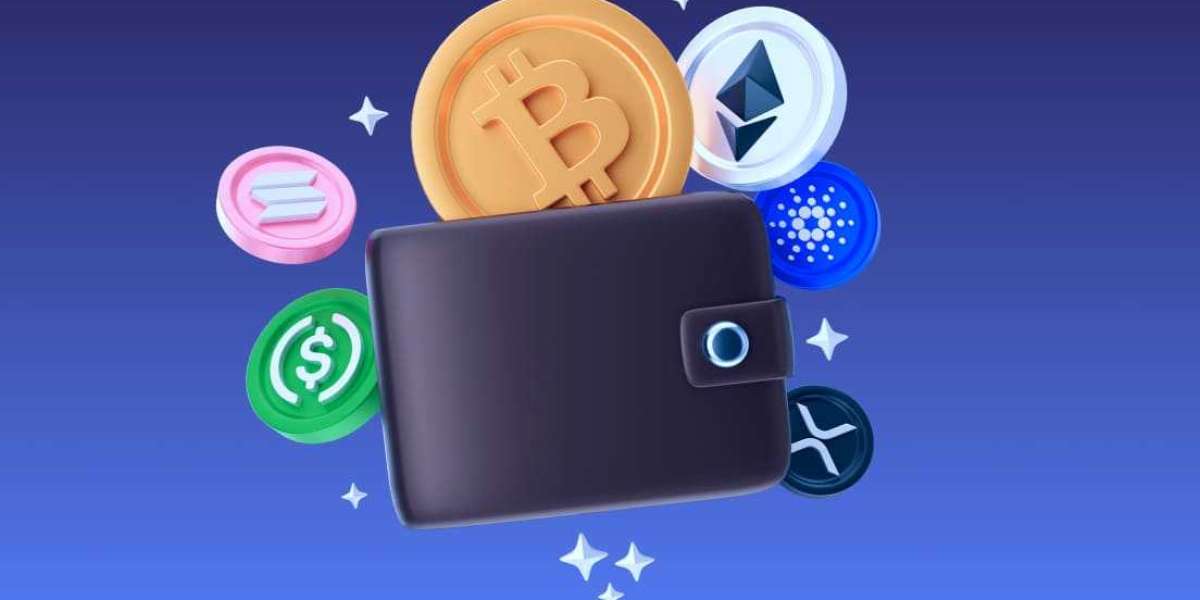Most crypto users worry about market crashes or missing out on the next big token. But for long-term investors, the real threat is much quieter: poor security. One careless click, one hacked browser extension, one compromised password—and your digital assets are gone. That’s why finding the best cold wallet isn’t just smart—it’s essential.
Cold wallets, also known as hardware wallets, offer offline storage for your crypto. Unlike hot wallets that stay connected to the internet, cold wallets drastically reduce exposure to hacks, malware, and phishing. But not all are created equal. In this guide, we’ll break down how cold wallets work, why they matter, and how to choose the right one for your needs.
What Is a Cold Wallet?
A cold wallet is a device or method used to store cryptocurrency completely offline. By isolating your private keys from any internet connection, cold wallets ensure that malicious actors have no digital pathway to steal your funds.
Cold wallets come in different forms:
Hardware wallets – physical devices like Ledger or Trezor
Paper wallets – printed private keys or QR codes
Air-gapped computers – fully offline machines used to sign transactions
Among these, hardware wallets are widely considered the most practical and secure solution for everyday crypto holders.
Why the Best Cold Wallets Are Essential in 2025
As the crypto industry matures, the stakes are getting higher. Institutional adoption, regulatory scrutiny, and mainstream attention have brought both innovation and risk. Scammers are more sophisticated, and digital surveillance is more common than ever.
Here’s why the best cold wallet is no longer optional:
1. Online Wallets Are Constantly Targeted
If your wallet is connected to the internet, it’s exposed. Hackers use phishing, keyloggers, and zero-day browser exploits to steal funds. Cold wallets cut off that access point.
2. Self-Custody Is the Future
With the collapse of several centralized exchanges and lending platforms, more users are choosing to self-custody their assets. Cold wallets are the most secure way to do that.
3. Privacy and Control
Cold storage ensures your private keys never leave your hands. You own your crypto—no third-party, no oversight, just secure access whenever you need it.
Features to Look For in the Best Cold Wallet
Not every hardware wallet is built the same. Here's what separates a great cold wallet from an average one:
Secure Element Chips
The best devices use dedicated chips to protect your private keys from physical and software-based attacks.
Open-Source Firmware
Transparency matters. Open-source wallets allow community audits and reduce the risk of hidden vulnerabilities.
PIN Protection and Passphrases
Strong onboard encryption ensures that even if someone steals your device, they can’t easily access your funds.
Cross-Compatibility
Make sure your wallet supports multiple blockchains and tokens. You don’t want to be locked into a limited ecosystem.
Mobile or Desktop Apps
A good user interface makes secure crypto management practical for daily use, even in cold storage.
Top Cold Wallet Options to Consider
While preferences vary based on user needs, these are consistently among the most recommended options:
1. Ledger Nano X
Bluetooth-enabled, supports over 5,500 coins, and backed by a robust mobile app. Despite past security controversies involving third-party data, the core device security remains trusted by many.
2. Trezor Model T
Known for transparency and open-source software. Offers an intuitive touchscreen and strong community support.
3. NGRAVE ZERO
One of the most secure wallets on the market. Completely air-gapped with biometric access and EAL7-certified security.
Each of these contenders could be considered the best cold wallet depending on your specific needs—whether it's usability, extreme security, or wide token support.
Common Mistakes to Avoid with Cold Wallets
Even the best device can’t protect you from poor decisions. Here are some critical missteps to watch for:
Improper Backup Storage
Write down your seed phrase and store it offline in a secure place—never digitally, and never online. Use fireproof or metal storage if possible.
Losing Recovery Phrases
No company can recover your crypto if you lose your recovery phrase. That 12–24 word backup is everything.
Falling for Fake Wallets
Only buy wallets directly from the manufacturer or verified distributors. Fake hardware is a growing threat.
How to Integrate Cold Storage Into Your Crypto Routine
Using cold storage doesn’t mean locking your funds away forever. Many experienced holders use a layered approach:
Hot Wallet: For small, day-to-day spending or DeFi transactions
Cold Wallet: For long-term storage of major holdings
Multisig or Vaults: For shared control or high-security environments
This hybrid setup gives you the flexibility to engage with the crypto ecosystem while still protecting your core holdings with the best cold wallet available.
Final Thoughts: Security Is a Long-Term Investment
The crypto world moves fast—but security is one area where you should slow down. Choosing the best cold wallet isn’t about chasing features or brand names. It’s about matching your personal security needs with the right technology, and committing to responsible key management.
Your crypto is only as safe as your weakest link. Don't let that link be poor storage.
If you’re in crypto for the long haul, cold wallets aren't a luxury—they’re your foundation. Make the investment, learn the basics, and give yourself the peace of mind to focus on growth, not fear.
 Meet Ups
Meet Ups
 Experiences
Experiences
 Learning Center
Learning Center
 Accommodation
Accommodation
 Roomie
Roomie
 Ride
Ride
 Spread the Word
Spread the Word
 Student Bazaar
Student Bazaar
 Jobs
Jobs
 Blogs
Blogs
 About StudentInsta
About StudentInsta

